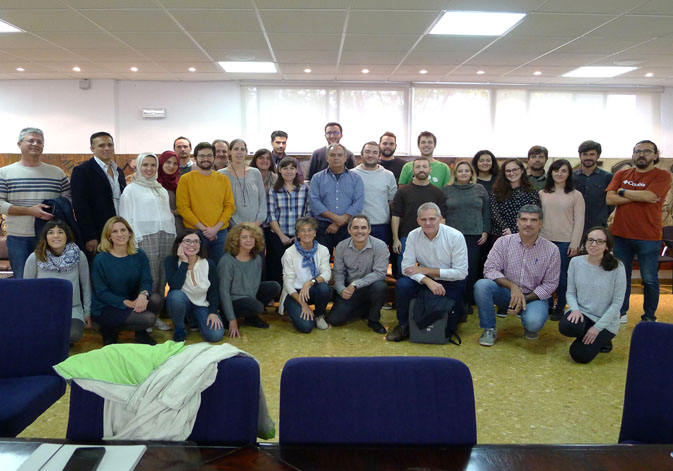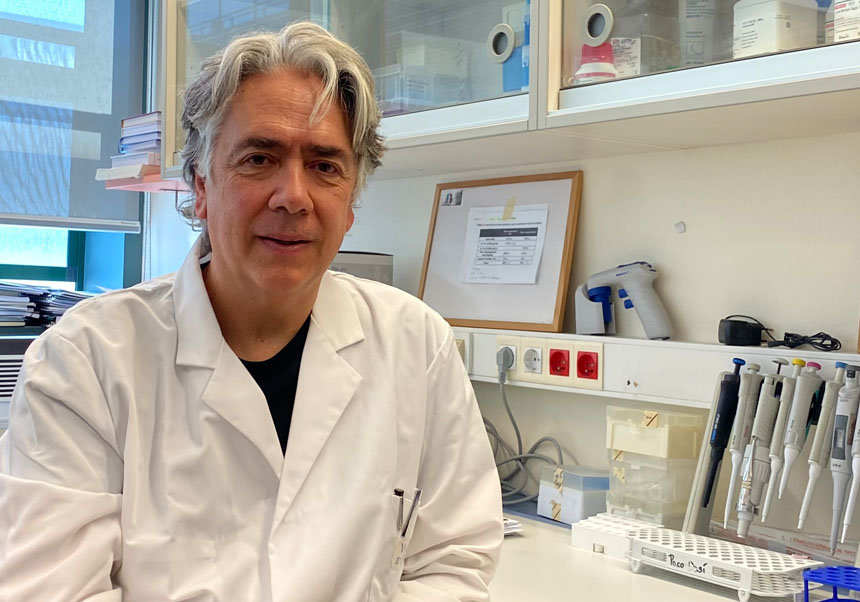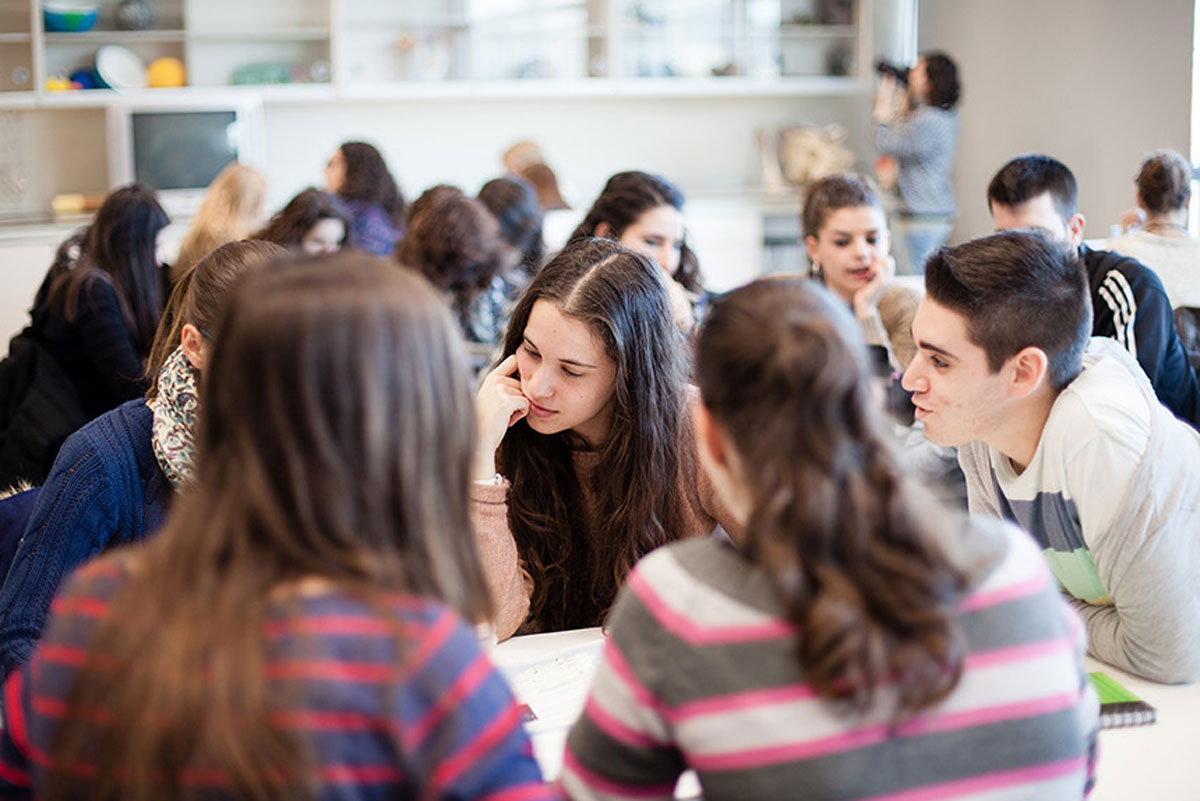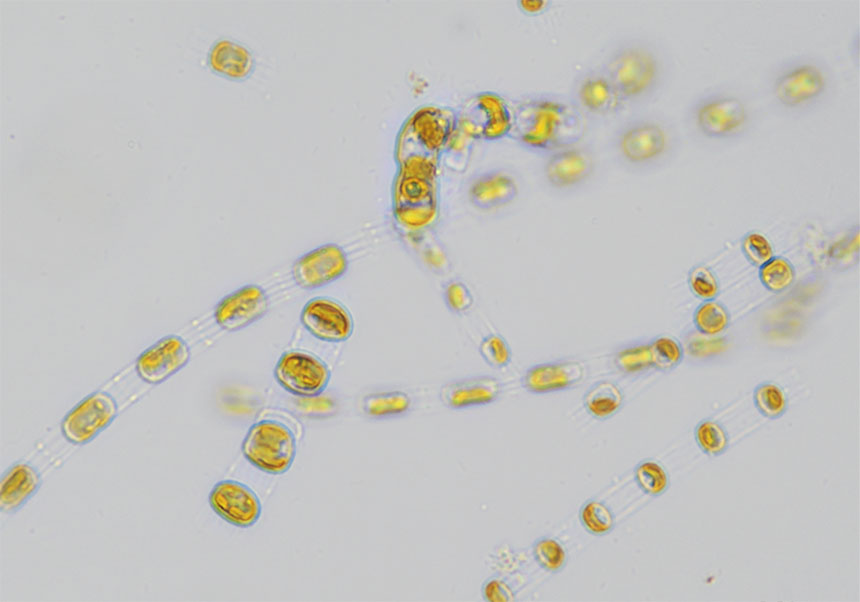The Biotechnological Pest Management Mixed Unit presents its research lines
- Scientific Culture and Innovation Unit
- November 16th, 2018

The Biotechnological Pest Management Mixed Unit (UMGBP), formed by the Biotechnological Pest Control Group (ERI-BIOTECMED) of the University of Valencia and the Entomology group of the Valencian Institute of Agricultural Research (IVIA), has hosted its presentation and first working meeting, this Wednesday, November 14, at the Burjassot-Paterna campus of the University.
In this first meeting the main lines of research to be developed between the two groups have been exposed and the need to integrate new technologies applied to pest control has been expressed, in order to facilitate their transfer to the agricultural sector.
The five lines of work are to create management programs for insecticide resistance in Varroa destructor and in natural enemies; the study of new routes of exposure to pesticides for natural enemies and pollinators and to combat the effect of covert virus infections in plague insects and natural enemies. The other two objectives of the Unit are the gene silencing applied to pests control and the use of the induction of defences of the plant for the improvement of biological control.
Joel González-Cabrera, coordinator of the UMGBP and researcher of the University of Valencia in the Genetics area has stressed that the implementation of the Unit “is an excellent institutional framework to address the management of agricultural pests from a multidisciplinary point of view”. Thus, as he points out, one of the main objectives “is to bring the interests of basic research on agricultural pests closer to the end user, without losing sight of the health and food security needs demanded by the consumers of the twenty-first century”.
The creation of the Mixed Unit will also optimise the use of infrastructures, equipment, services and human resources between the University and the IVIA, and will facilitate the execution of coordinated research and development projects in areas of common interest.
















